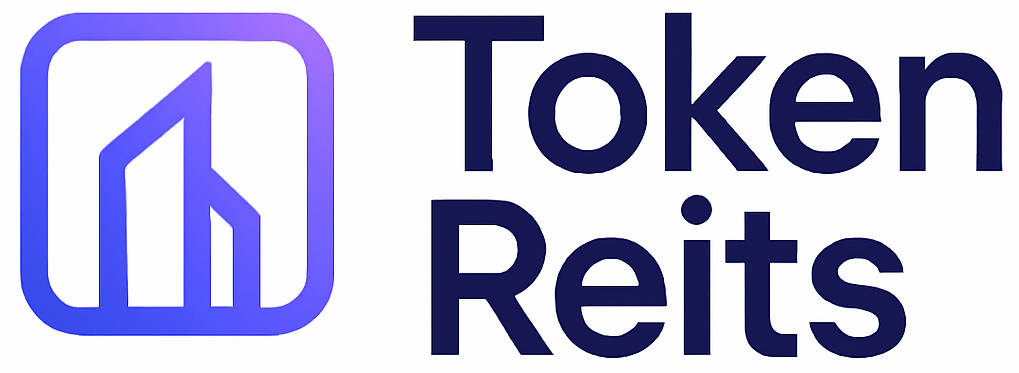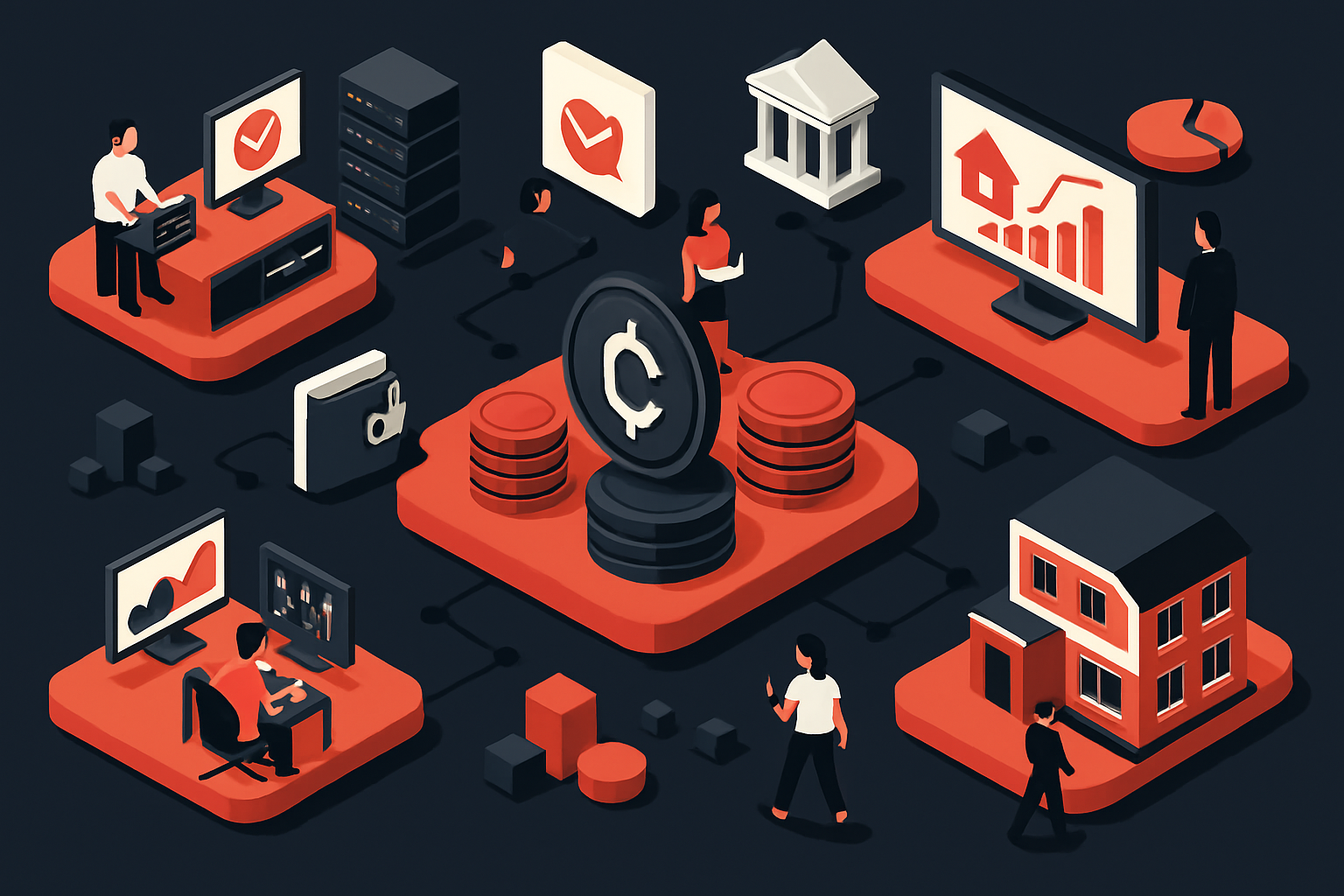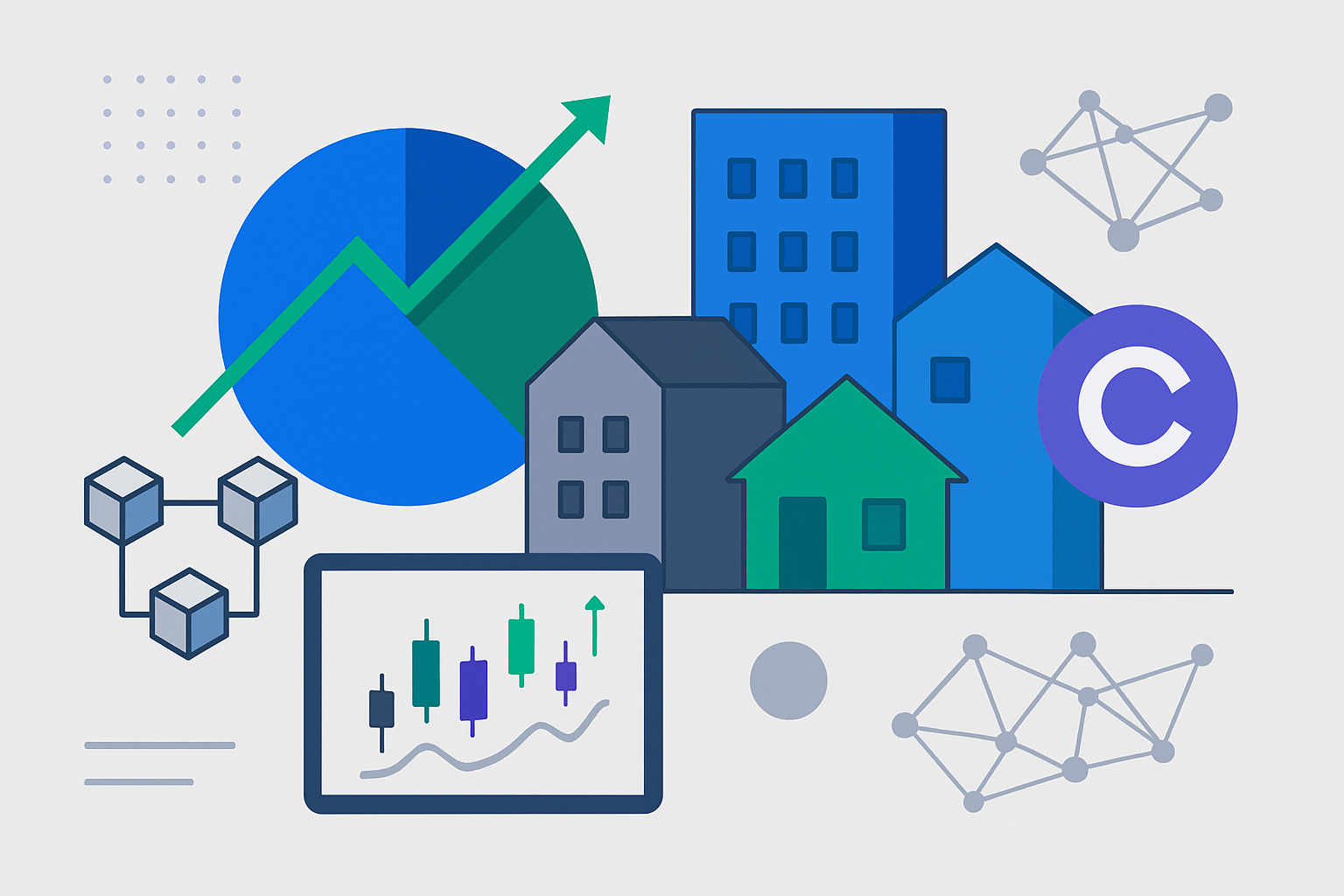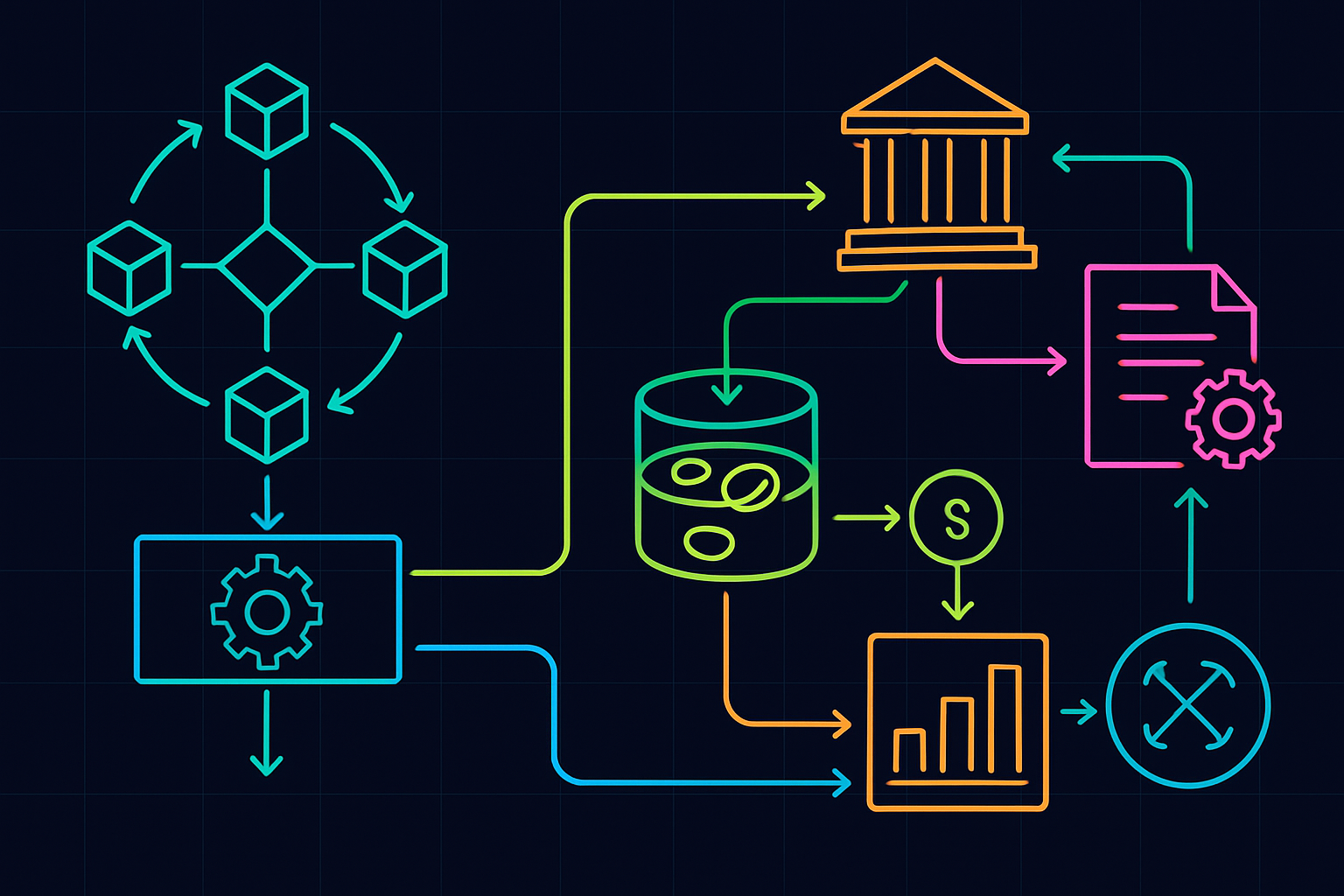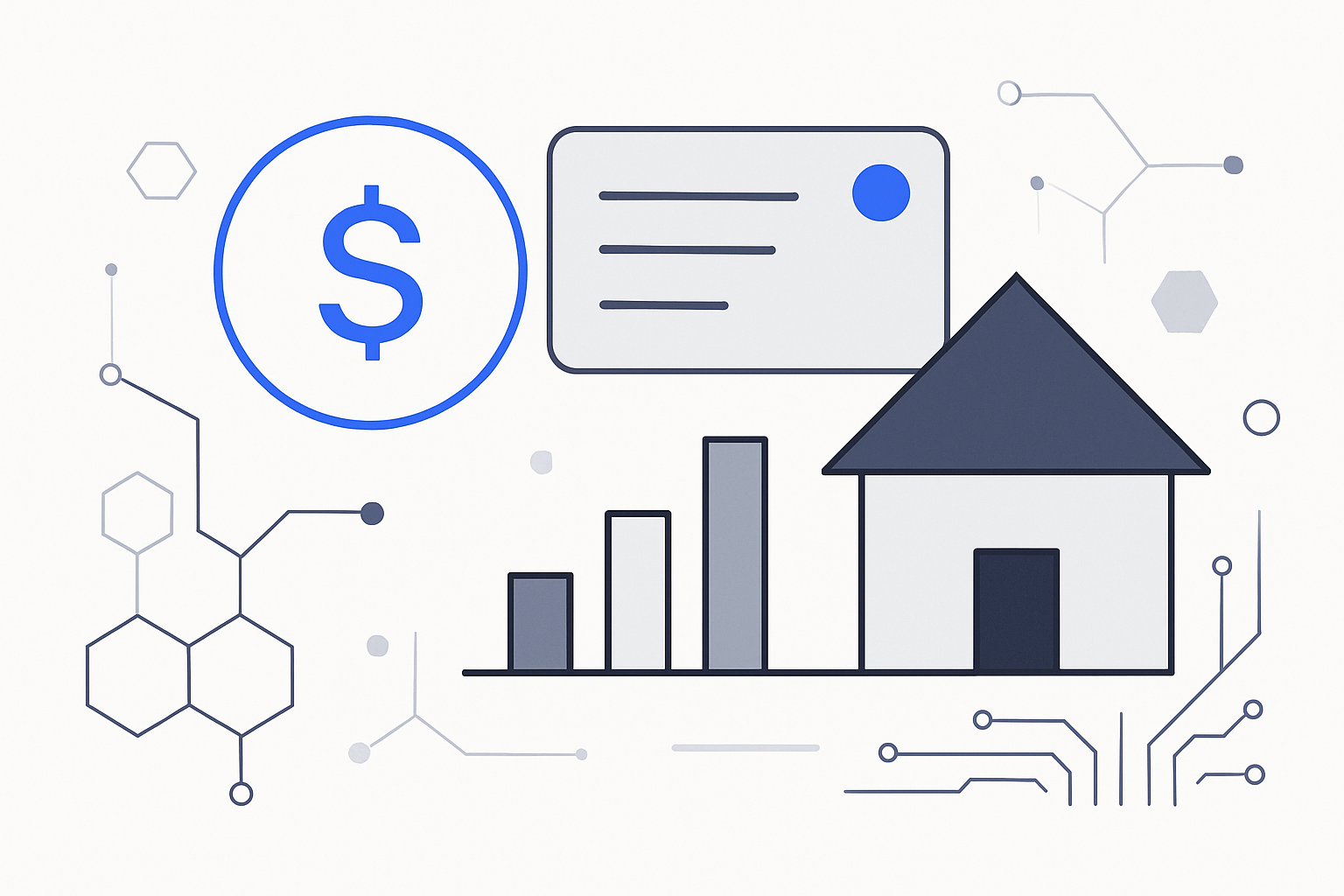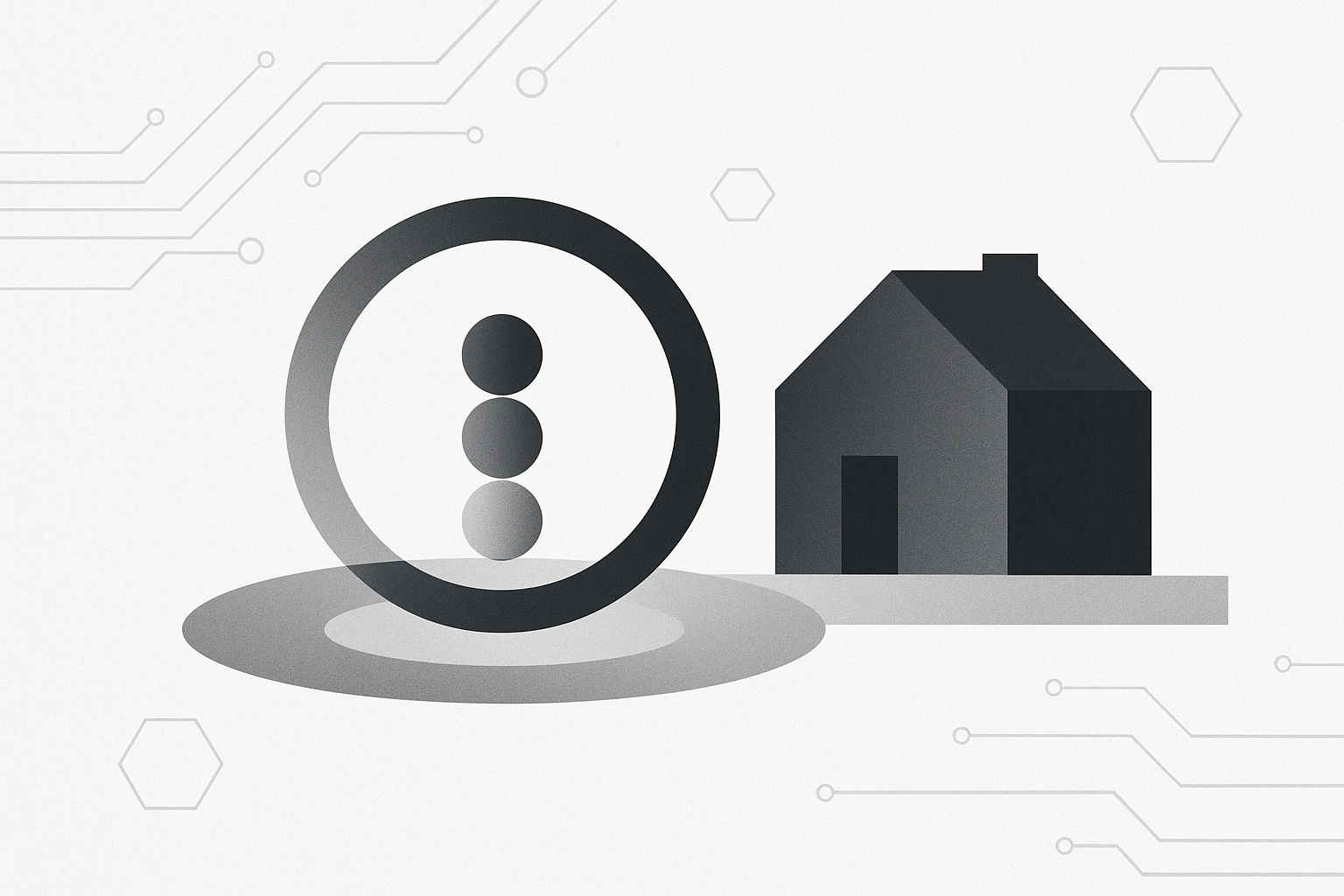
In 2025, fractional real estate ownership on blockchain is no longer a theoretical concept but a rapidly maturing reality. The traditional barriers to property investment, high capital requirements, illiquidity, and geographic limitations, are being dismantled by tokenization. For the first time, investors worldwide can access income-generating properties with as little as $50 to $100 per token, participate in secondary markets, and diversify across continents with a few clicks.

The Rise of Tokenized Real Estate: Market Growth and Key Players
The global market for tokenized real estate has surged to an estimated $10, 15 billion as of November 2025. The United States leads with 60% of total issuance, followed by Europe (25%) and Asia (10%). Major partnerships are fueling this growth: Dubai’s DAMAC Group, for example, joined forces with blockchain platform MANTRA in January 2025 to tokenize over $1 billion in Middle Eastern assets. This aligns with Dubai’s ambition to become a global digital asset hub and signals increasing institutional confidence in blockchain property investment.
Platforms like Lofty AI (built on Algorand) have democratized access further by allowing retail investors to buy fractional shares starting at just $50. These platforms employ AI-powered analytics and smart contracts for automated rental income distribution, making the process seamless and transparent.
How Blockchain Makes Fractional Ownership Work
Tokenization converts real-world property rights into digital tokens recorded on a blockchain. Each token represents a fractional share of ownership in the underlying asset, whether it’s an apartment building in Chicago or an office complex in Dubai. Investors can purchase these tokens directly from primary offerings or trade them on secondary marketplaces.
This model brings several core advantages:
- Accessibility: Minimum investments as low as $100 per token open doors for small investors previously excluded from commercial property deals.
- Diversification: Investors can allocate capital across multiple properties and regions without intermediaries or prohibitive fees.
- Liquidity: Blockchain-powered marketplaces facilitate peer-to-peer trading of tokens, enabling dynamic portfolio rebalancing that was previously impossible in traditional real estate investing.
If you’re curious about the mechanics behind this innovation, our step-by-step guide to fractional real estate ownership with blockchain tokens breaks down the process from onboarding to secondary trading.
Sustainability and Regulatory Progress in 2025
The 2025 landscape is marked not only by rapid adoption but also by growing attention to sustainability and regulatory clarity. Platforms now increasingly highlight eco-friendly assets, from LEED-certified office towers to energy-efficient multi-family housing, appealing to ESG-conscious investors who want both yield and impact.
On the regulatory front, Dubai has launched its own government-backed platform targeting $16 billion in property digitization by 2033, with entry points starting at approximately $540. While Dubai leads with clear frameworks and ambitious goals, other regions still grapple with regulatory ambiguity. Nonetheless, progress is steady: more jurisdictions are recognizing security tokens as legitimate investment vehicles and updating compliance standards accordingly.
The result? A new era where blockchain-powered fractional ownership is making global property investing accessible, transparent, and increasingly sustainable.
Yet, as with any transformative shift, the rise of fractional real estate ownership on blockchain brings a fresh set of opportunities and challenges for investors to weigh. While tokenization has lowered entry barriers and fostered global diversification, the ecosystem is still maturing in crucial respects.
Navigating Liquidity and Market Dynamics
One of the most touted benefits of tokenized real estate is increased liquidity. In practice, however, secondary trading volumes remain modest compared to traditional stock markets. Many investors still hold property tokens for extended periods due to limited market activity or personal investment goals. This dynamic means that while it’s easier than ever to buy into a property, exiting an investment quickly at a desired price can be challenging. Platforms are responding by enhancing peer-to-peer trading features and fostering larger investor pools, but true liquidity is likely to evolve gradually as adoption widens and regulatory certainty improves.
For those considering entry into this space, understanding the nuances of each platform’s marketplace is essential. Some platforms offer instant buyback options or managed secondary markets; others rely solely on peer-to-peer trades. Researching these mechanisms, and being realistic about potential holding periods, can help investors align expectations with reality.
Regulatory Developments: Progress and Pitfalls
The regulatory patchwork remains one of the biggest hurdles for global expansion. Dubai’s government-backed initiative serves as a model for clarity and innovation, but many countries are still catching up. Inconsistent definitions of digital securities, cross-border compliance issues, and evolving tax treatment all add complexity for both issuers and investors.
Despite these challenges, momentum is building: more jurisdictions are updating their legal frameworks to accommodate security tokens and digital assets. As regulatory certainty increases, institutional participation is expected to accelerate, potentially unlocking even greater capital flows into the sector.
Investor Takeaways: Building Resilient Portfolios
The democratization of property investment through blockchain isn’t just about access, it’s about smarter portfolio construction. Fractional ownership enables investors to blend commercial offices in New York with residential units in Berlin or logistics hubs in Singapore, all within a single digital wallet. This level of granularity was unthinkable just a few years ago.
Still, prudent risk assessment remains vital. Investors should evaluate underlying asset quality, sponsor reputation, platform security protocols, and jurisdictional protections before allocating capital. For those new to the space, our comprehensive overview explains how fractional property ownership works on-chain, including key due diligence considerations.
What’s Next for Fractional Real Estate Ownership?
The trajectory for tokenized real estate platforms points toward greater integration with DeFi protocols, enhanced investor protections via smart contracts, and broader acceptance by both regulators and traditional institutions. Watch for continued innovation from leaders like Lofty AI as well as new entrants leveraging artificial intelligence and sustainability metrics.
The bottom line? Blockchain-powered fractional ownership has fundamentally changed how individuals approach global real estate investing, making it more open, flexible, and attuned to modern investor priorities than ever before.
